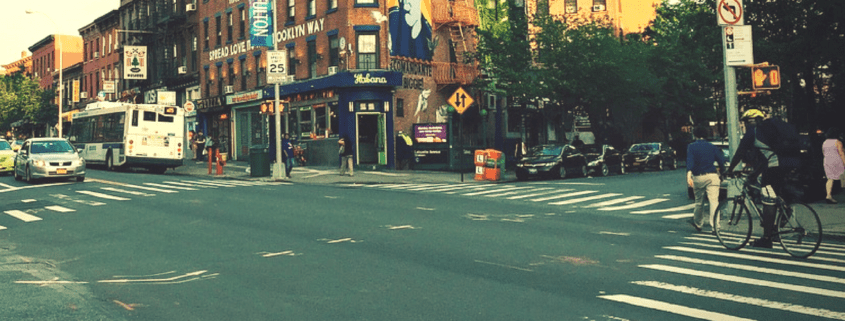Speed Limit Reform Update: Amendments Curb AB 2363’s Potential To Save Lives
A bill that would have improved the way speed limits are created was amended in the Assembly Transportation Committee on Monday to just call for more study. Currently, speed limits are set by measuring the speed of drivers in free flow conditions, then, after measuring 100 drivers, the speed limit is set at the 5 mph increment nearest the speed of the 16th fastest driver (the 85th percentile speed). Half of the time, this means rounding up to an even higher speed.
Assembly Bill 2363 (Friedman) would have allowed agencies to round down in locations with a high “potential for, and frequency of, traffic collisions resulting in death or injury.” At the request of the American Automobile Association, the Teamsters, and the California Highway Patrol, the bill now directs the Secretary of Transportation to create a Vision Zero Task Force in order to study the impacts of speed on traffic deaths and injuries and ways to change our practices in California.
We don’t need more study. We already know that speed is the biggest factor in traffic crashes, and speed limits are an imperfect but important tool in keeping speeds down. “Let me be clear,” said Jennifer Cohen of the Los Angeles Department of Transportation, “Because of state law, Los Angeles had to raise speed limits on 95 miles of our roads last year.” Cohen’s testimony on Monday was joined by the support of CalBike, California Walks, Los Angeles Walks, Transform, and representatives from the cities of San Francisco and Long Beach.
Despite the opposition, Assemblymember Friedman is dedicated to keeping the idea alive and along with the Chair of the Assembly Transportation Committee, Jim Frazier, is seeking our support for further amendments that can make the most of the opportunities and lead to some action to support lower speed limits and not just talk.




